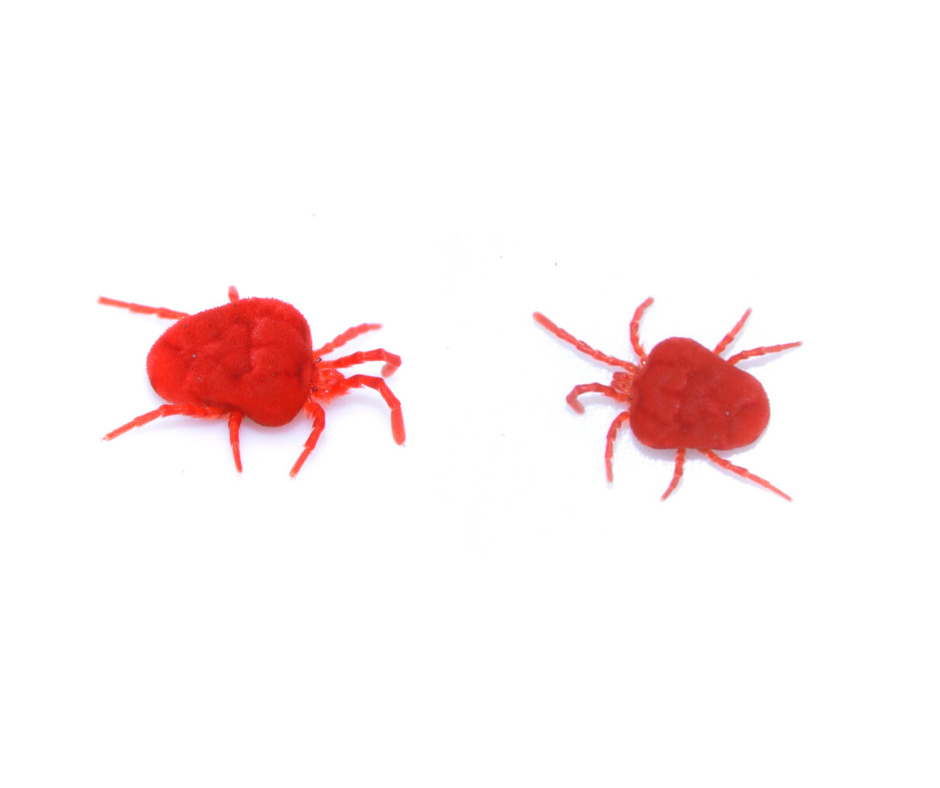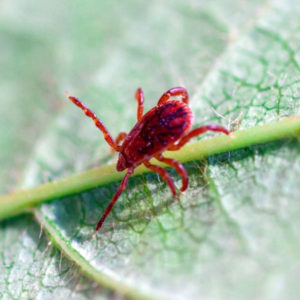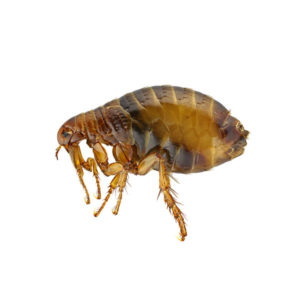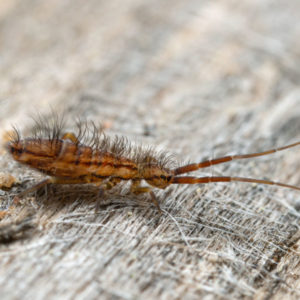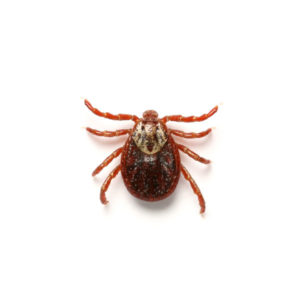Clover Mite Identification
Do Clover Mites Look Like?
Clover mites are tiny arachnids with a reddish-brown coloration, oval-shaped bodies, and eight legs. They measure about 0.75 mm in length, making them barely visible to the naked eye. Clover mites have a distinctive dark spot on their backs and are often mistaken for small red spiders. These mites typically emerge in large numbers during the spring and fall, especially on sunny days.
Signs of a Clover Mite Infestation
Signs of a clover mite infestation include the presence of tiny red or brown specks on windowsills, walls, or other surfaces, especially around vegetation outside. These mites may also leave behind small red stains when crushed. Additionally, homeowners might notice clusters of clover mites congregating in sunny areas or near entry points into buildings. Infestations are common during the spring and fall.
Habitat, Diet, Life Cycle & Bites
Where Do Clover Mites Live?
Clover mites overwinter chiefly in the egg stage, under bark, in cracks in fence posts, under sheathing of buildings, in cracks in the foundation, or in dry, protected sites. Winter eggs begin to hatch very early in spring, and one generation is completed during the spring and early summer. Clover mites are sun-seekers and will gather on sunny southern and eastern exposures of homes. When clover mites have thoroughly infiltrated a building, they can be an extreme nuisance to the homeowners. Clover mites will look like dark red specks crawling around siding, doors, windows, drapes, curtains, and furniture.
Diet of a Clover Mite
Clover mites primarily feed on plant sap, particularly from grasses, clover, and other vegetation. They use their piercing mouthparts to puncture plant cells and extract fluids. While they do not bite humans or animals, clover mites can become household pests when they accidentally invade homes in search of moisture or shelter, although they do not feed indoors.
Life Cycle of a Clover Mite
The life cycle of a clover mite consists of egg, larva, protonymph, deutonymph, and adult stages. Eggs are laid in clusters on host plants, and after hatching, the mites go through several molts before reaching adulthood. Clover mites typically have several generations per year, with warmer temperatures accelerating their development. They often become more active during the spring and fall seasons.
Do Clover Mites Bite?
No, clover mites do not bite humans or animals. They primarily feed on plant sap by piercing plant cells with their mouthparts. While they may accidentally come into contact with humans, they do not pose a biting threat. Clover mites are considered nuisance pests primarily due to their presence in large numbers, especially around buildings and homes.
Are Clover Mites Dangerous?
Clover mites are pests not because they bite or cause disease, but simply because they can invade a structure in unbelievable numbers. In 1954, one single bedroom was estimated to have 250,000 mites crawling on the floor! When crushed, clover mites leave a red stain that is not blood, it’s just their natural color. Since clover mites are so small, homeowners may not even recognize them in their house until they have spread. However, what most people are likely to notice, are the red stains clover mites leave behind.
How to Get Rid of Clover Mites
To get rid of clover mites, start by sealing entry points into your home, including gaps around windows, doors, and utility lines. Vacuum up mites indoors and dispose of the vacuum bag immediately. Trim vegetation around the house to reduce harborage areas. Apply insecticidal sprays or dusts labeled for mite control around the perimeter of the house.
Clover Mite Prevention Tips
To prevent clover mites, maintain a vegetation-free zone around the foundation of your home. Seal any cracks or gaps in windows, doors, and walls to prevent entry. Regularly trim grass and vegetation near the house. Use a dehumidifier indoors to reduce moisture, which can attract mites. Consider applying insecticide barriers around the perimeter of the house for added protection. For more information, see our top tips on how to prevent fleas in your home
Need help with Clover Mites control?
FAQs
Are clover mites harmful?
Clover mites are not harmful to humans or pets as they do not bite or transmit diseases. However, they can be considered nuisance pests due to their large numbers and potential for staining surfaces when crushed.
What are clover mites attracted to?
Clover mites are attracted to lush, green vegetation, especially clover, grasses, and other plants. They may also be drawn to moisture-rich environments. Additionally, they are attracted to warm, sunny areas, particularly during the spring and fall seasons.
Can clover mites live on humans?
Clover mites do not live on humans. While they may accidentally come into contact with humans, they do not infest or reside on human bodies. Instead, they primarily feed on plant sap and are commonly found outdoors, especially around vegetation.

